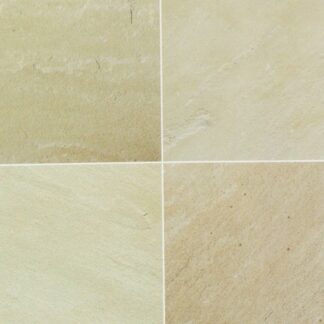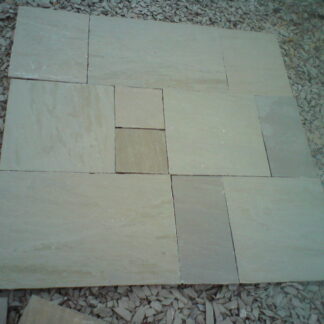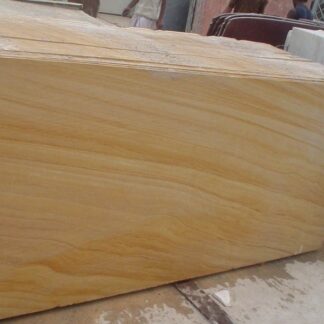Popularly known by the name “stone of creativity,” sandstones are defined as sand particles cemented together into a rock. These stones are a type of rock made of sediments, and that is why they are called sedimentary rocks. Sedimentary rock is a name provided to a stone if the cluster arrangement of that stone includes clasts, pieces of minerals, and rocks’ fragments. Therefore, bagging the sandstones is a higher level of the category known as classic sedimentary rocks.
Further, sedimentary rocks are basically made up of a bunch of medium-sized grains which are also known as framework grains. Hence, the sandstones can also be identified as medium-grained clastic sedimentary rocks.
Sandstones are formed in a very interesting and two-way process. The first consists of a layer of sand accumulating as the result of sedimentation either from water or air. And secondly, when the sand is accumulated, the sand turns into a sandstone when compacted by the pressure of overlying deposits and cemented minerals filling the pore spaces between sand grains.
Besides, composed of quartz sand and a significant amount of feldspar and sometimes silt and clay, these can also provide the sandstone with different sub-identities. Like, If a sandstone contains more than 25 per cent feldspar, these the stone can be categorized as Arkosic Sandstone. Similarly, If a sandstone contains more than 90 percent of quartz, this stone comes under Quartzose Sandstone’s banner. Lastly, when sandstone is formed with a combination of clay or silt, then this tone is known as Argillaceous Sandstone that basically shows a greyish blue shade of the color.
When it comes to Sandstones, there are various fun facts that help us to notify the sandstone very clearly –
Firstly, these stones, as they are used in landscape buildings and commercial or residential buildings, sandstones always hold warm colors. To include some of them – tan, red, yellow, blue, brown, grey, and white. The color varies depending on the composition around the area. E.g. – A bit of purplish color is formed with the presence of manganese, and red is the color formed because of the availability of iron oxide.
Moreover, sandstones are extensively durable material, so it has many uses and applications waiting to get justified. In order to describe the applications, sandstones are divided into two types – Crushed Sandstone, and Dimension Sandstone. Crushed sandstones construct roadways and road structures, such as bridges and buildings, both commercial and residential.
On the other hand, Dimension Sandstones, because they can be cut and carved very easily, these sandstones are used for interior house styling activities cut and carved in the form of blocks and Indian Sandstone slabs.
Sandstones are generally very resistant to harsh weather conditions which makes them strong and doesn’t let them lose any of their color.
Making itself a great building sandstone and sandstone paving material, they are the tough ones with regards to slipperiness.
Interestingly, Sandstones are famous for their use since prehistoric times like, they were used in the construction of temples, homes, artistic purposes like statues and ornamental fountains. However, there is another major reason for its use and popularity since the old times. The reason beholds the purpose inclusive of meditation, as the colors of sandstones do provide people with a certain treat to the eyes and sandstones are also a proven stone if considered giving relief to the mind as well. They are the best stones to surround oneself when meditating. Also, Sandstones are the cheerful pal, keeping one from annoying tantrums followed by sudden moodiness off control. And finally, it helps in keeping the mind clean and the environment purified.
If you are looking for some of the best sandstones to enhance your premises’ interior and exterior surroundings with some organic and warm color codes, then we are just a call away!!












